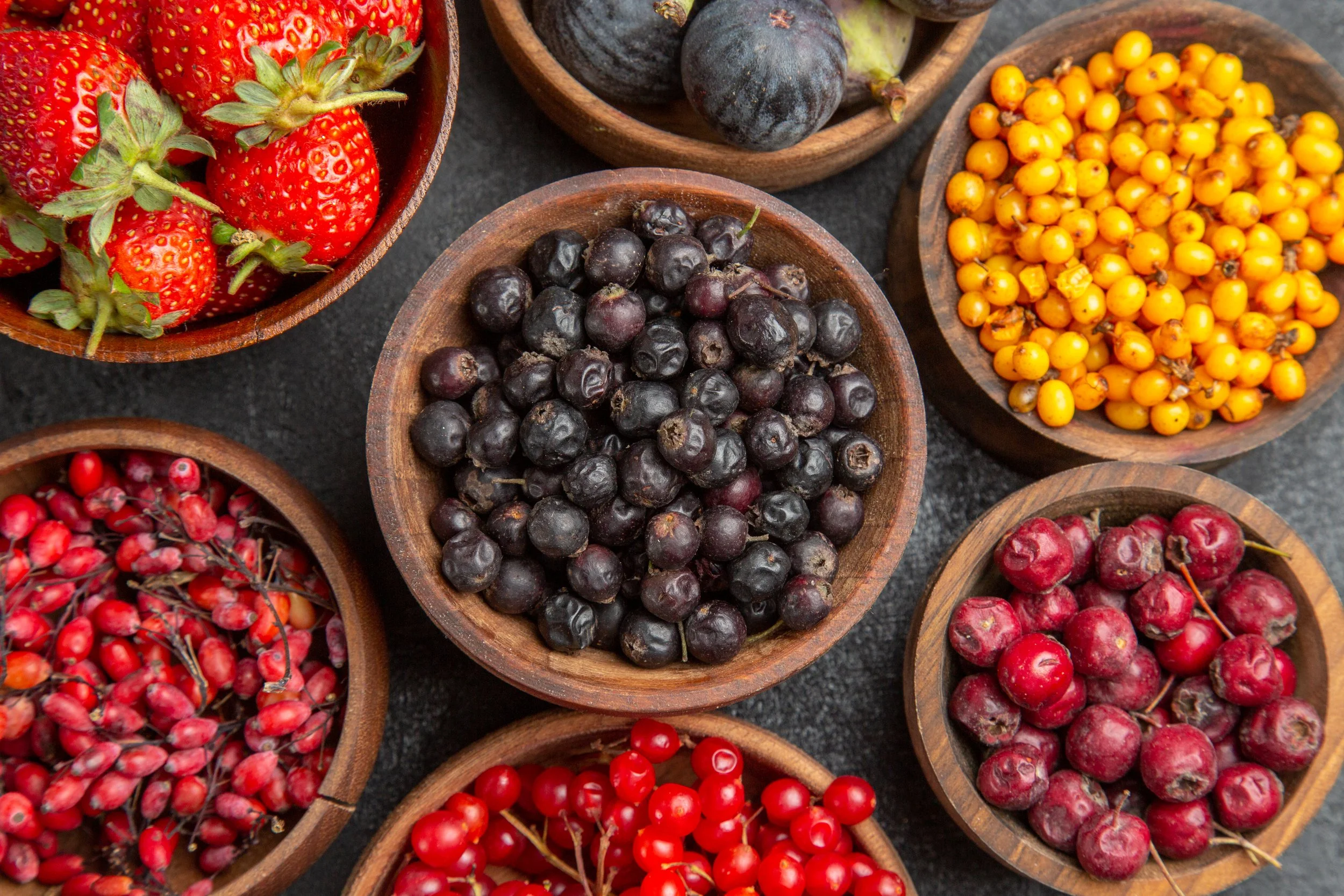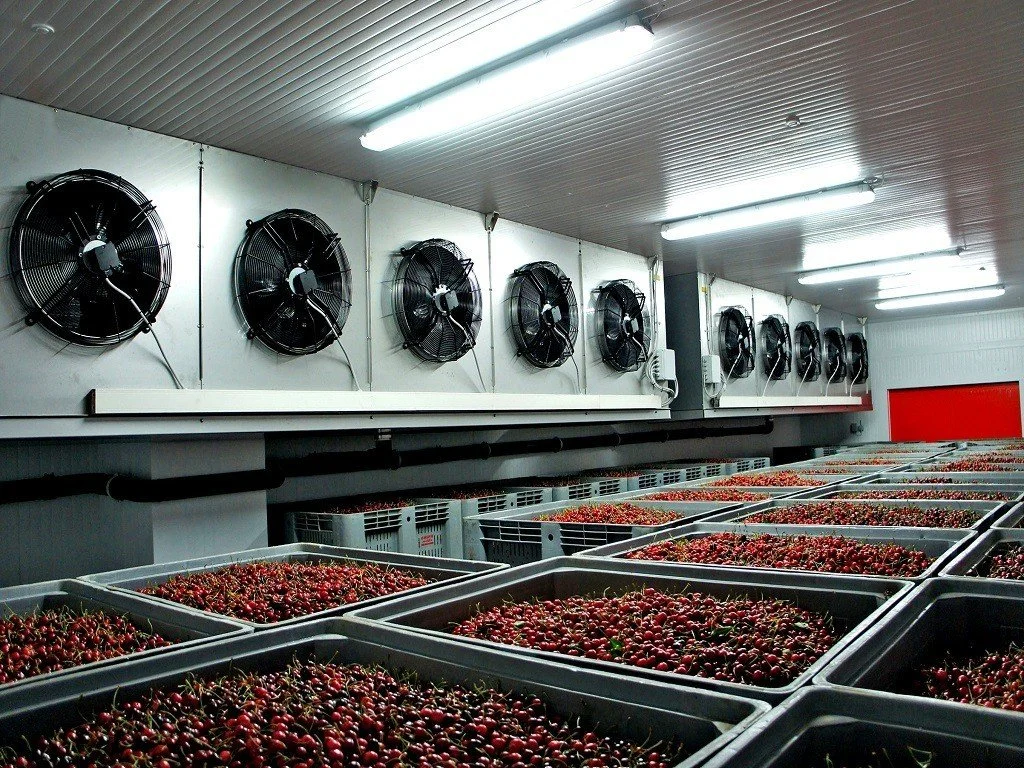Best Practices for Berries and Exotic Produce
In the global food system, high-value crops—such as fresh berries, delicate herbs, and exotic fruits like mangoes and papayas—represent a significant investment for growers. However, their highly perishable nature means that a small lapse in post-harvest handling can lead to catastrophic losses. When dealing with these premium products, the journey from farm to market is a race against time and biology.
To maintain quality, command top prices, and minimize waste, a dedicated, vigilant cold chain strategy is non-negotiable. Here are the essential best practices tailored for these sensitive, high-value commodities.
1. Pre-Cooling: The Crucial First Step
The single most critical action after harvesting berries and exotic fruits is the immediate removal of field heat. Metabolic processes accelerate rapidly post-harvest, burning up stored energy and drastically shortening shelf life. Pre-cooling halts this process.
For berries like strawberries and blueberries, forced-air cooling is the preferred method. This technique rapidly and uniformly reduces the temperature by pulling chilled air through stacked pallets. It’s effective because it avoids water contact, which would encourage the growth of mold and decay.
For more delicate exotics like papaya or pomegranate, room cooling with gentle circulation in a high-humidity environment is often used. This prevents chilling injury, a risk for sensitive tropical crops. Conversely, for dense crops like mangoes, hydrocooling—using chilled water—can be highly efficient, but it must be immediately followed by thorough drying and proper sanitation to prevent the spread of bacteria.
The best practice is to aim to reduce the core temperature of the produce to its ideal storage temperature within one to two hours of harvest. Every minute delayed is a minute of lost shelf life.
2. Temperature Management: Balancing Cold and Chilling Injury
While cold is vital, an improper temperature can cause chilling injury (CI) in many tropical and exotic fruits, causing internal damage that leads to browning and poor flavor.
Berries and temperate crops require temperatures just above freezing, typically 0∘C to 2∘C (32∘F to 35.6∘F), coupled with 90−95% relative humidity to prevent desiccation.
However, tropical and exotic crops like mangoes, bananas, and avocados have much higher critical minimum temperatures. Storing them below their tolerance threshold will trigger CI. For instance, most mangoes should be stored at 13∘C (55∘F) or higher.
The best practice is to know the Minimum Critical Temperature for every variety you handle. Implement Internet of Things (IoT) sensors to provide real-time, continuous temperature monitoring and geo-location tracking throughout the entire journey, ensuring deviations are addressed instantly.
3. Atmosphere Control: Managing Respiration and Ethylene
Berries and many exotic fruits are highly sensitive to the gases in their storage environment, specifically oxygen (O2), carbon dioxide (CO2), and ethylene. Ethylene is a natural ripening hormone. While berries are not high ethylene producers themselves, they are extremely sensitive to it, which can quickly accelerate softening and decay. Many exotic fruits, like bananas and mangoes, are high producers.
Technologies like our Atmos device can make a significant difference. As an IoT ethylene sensor, Atmos provides a way to gain real time visibility into atmospheric conditions within storage rooms. The device not only monitors ethylene, but also temperature, humidity and CO2, giving you a complete picture of the environment. By feeding this data to our connected cloud platform, Atmos helps you keep tabs on your entire operation and even sets automations within your cool room - like changing the temperature or ventilating the room when a certain ripening level is met. You can also receive alerts if condition trends outside of ideal levels, allowing you to take action before produce is compromised.
4. Sanitation and Disease Control
Post-harvest diseases (especially molds like Botrytis and Rhizopus on berries) are a major source of loss for high-value crops. The moist, cool environment of the cold chain is ideal for pathogens if not managed correctly.
Field Sanitation: Only harvest dry, undamaged fruit. Never pack diseased or damaged items.
Water Quality: If hydrocooling or washing is used, the water must be continuously sanitized, often with chlorine or peroxyacetic acid (PAA) treatments, and monitored frequently to prevent cross-contamination.
Fungicides and Treatments: Utilize approved post-harvest treatments, such as non-thermal technologies or edible coatings, to provide a protective barrier and delay the onset of decay without compromising food safety.
By combining the principles of rapid cooling, precise temperature control, atmosphere management, and impeccable sanitation, businesses can successfully navigate the challenges of handling high-value, perishable crops. These strategies not only reduce the staggering environmental and financial costs of food waste but ensure consumers receive fresh, high-quality produce.



